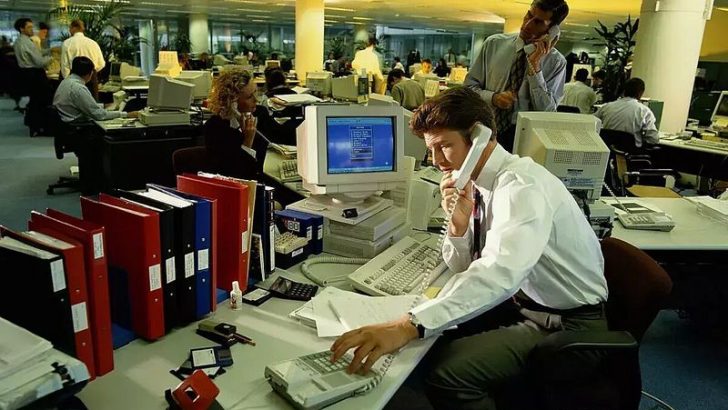The 1990s were a time of profound transformation in the workplace. While today’s digital age offers unparalleled convenience, there’s a growing nostalgia for the simplicity and authenticity of the ’90s work environment. Back then, the workday was structured, allowing employees to clock out both physically and mentally after hours.
There were fewer distractions, fostering deeper focus and creativity. The personal touch was valued, with face-to-face meetings being the norm. Office culture revolved around real human connections, not virtual ones. Let’s take a walk down memory lane and explore nine compelling reasons why embracing some ’90s work habits could enhance our modern work life.
1. Focus without Digital Distractions
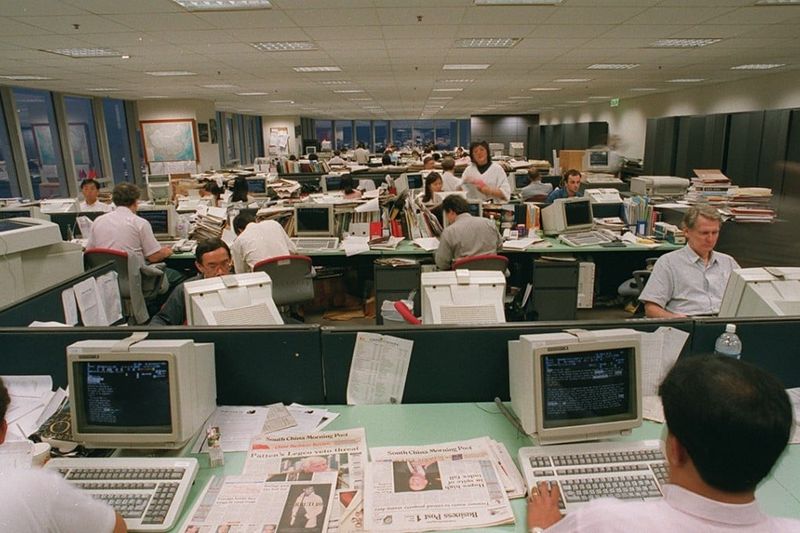
Remember the days when the constant ping of notifications didn’t dictate your day? In the ‘90s, work was uninterrupted by email alerts and social media pop-ups. Employees could fully immerse themselves in tasks without digital distractions. This led to heightened concentration and productivity. Imagine tackling a project without the urge to check your smartphone every few minutes. The absence of digital interruptions allowed for longer periods of deep work, fostering creativity and innovation. While technology has its perks, there’s something to be said for the focused clarity of the ‘90s work environment.
2. Personal Connection and Communication

It’s hard to beat the personal touch of a handshake or a face-to-face chat. Back in the ‘90s, communication was more personal and direct. Meetings were held in person, fostering genuine interactions and relationships. The absence of virtual meetings meant people were more present and engaged. Conversations happened over coffee breaks and in hallways, strengthening team bonds. This direct communication often led to quicker resolutions and clearer understandings. In a world reliant on emails and messages, revisiting this approach might rekindle the human element in professional interactions.
3. Defined Work Hours
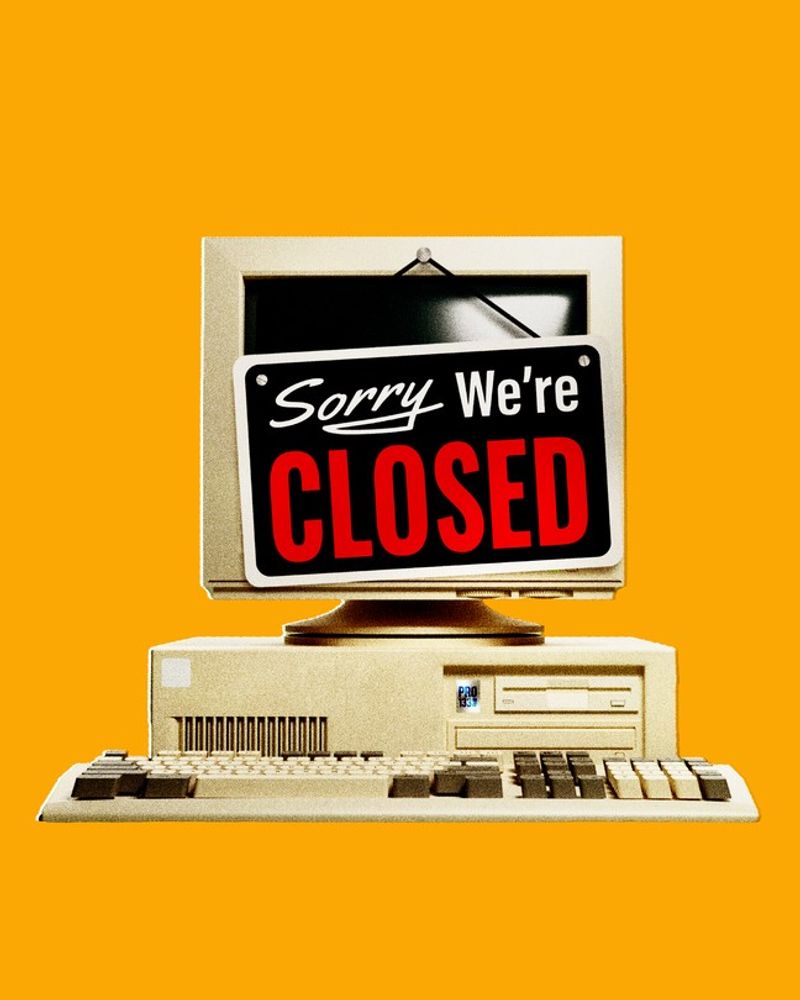
The ‘90s had a clear boundary between work and personal time. Once the clock struck 5 PM, it was time to head home, leaving work behind. This separation allowed employees to recharge, balancing work with personal life. Today’s round-the-clock accessibility blurs these lines, often leading to burnout. The structured 9-to-5 schedule of the ‘90s provided a mental switch-off and on, enhancing overall well-being. Reintroducing defined work hours could aid in achieving a more balanced lifestyle and preventing work fatigue.
4. Team Building Activities
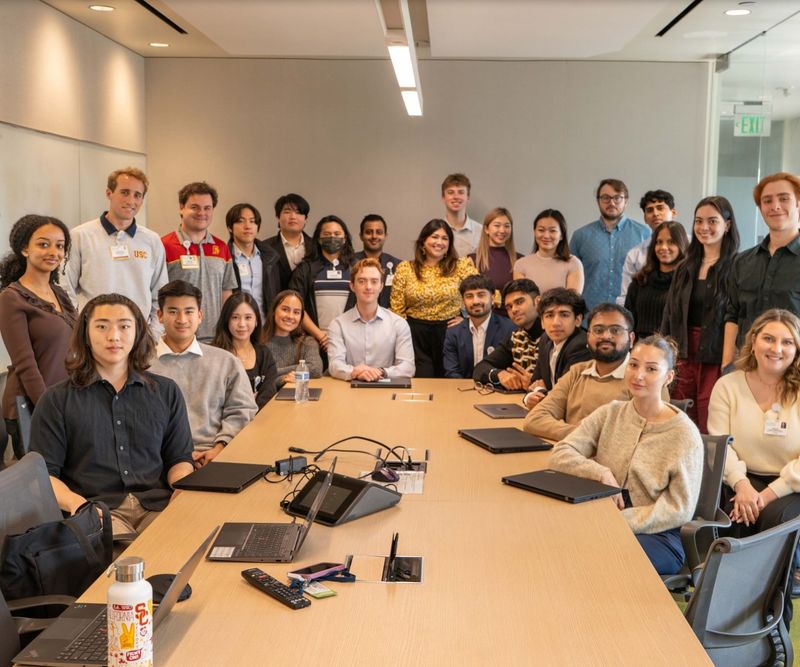
Who doesn’t enjoy a company picnic or team outing? The ‘90s prioritized team-building activities, where employees bonded outside the office. From sports games to picnic days, these events fostered camaraderie and team spirit. They provided a relaxed environment where colleagues could connect beyond work tasks. This emphasis on team building created a supportive and engaged workforce. While digital team-building exists today, there’s an irreplaceable charm in real-world interactions. Bringing back such activities could boost morale and strengthen workplace relationships.
5. Paper-Based Work
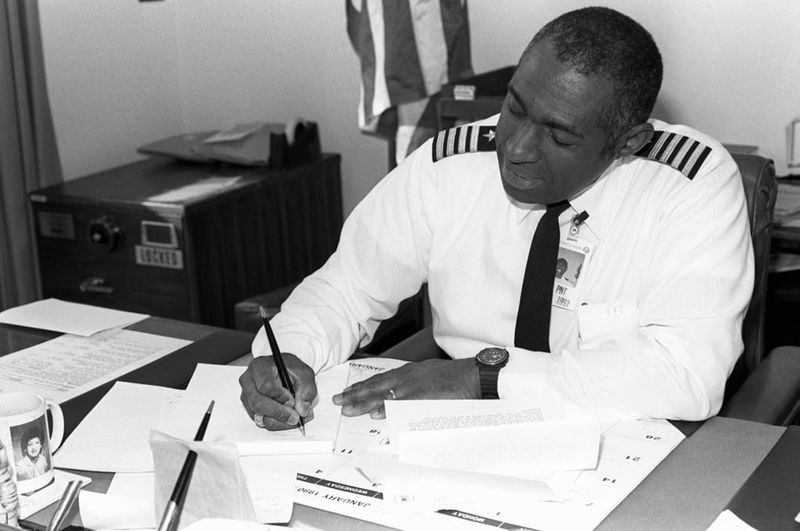
Back in the ‘90s, paper was king. The physical act of writing and handling documents created a tactile connection to work. Filing cabinets were a staple, and organizing them was an art. This paper-based approach required focus and precision, reducing errors that digital shortcuts sometimes introduce. Using paper also meant fewer distractions from constant screen time. Though digital files offer convenience, the tangible nature of paper had its own merits. Revisiting this might cultivate more mindful work habits and reduce screen fatigue.
6. Face-to-Face Networking
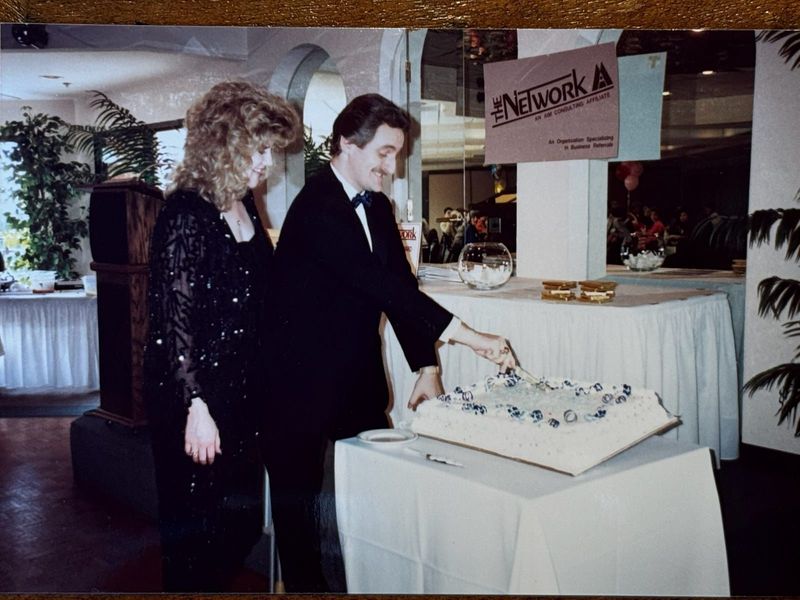
The ‘90s were all about handshakes and business cards. Networking events thrived on personal interactions, unlike today’s digital LinkedIn connections. Meeting in person created lasting impressions and opened doors to opportunities. Conversations at events were genuine, with a focus on building real relationships. There’s a unique energy in a room full of professionals, each eager to connect and collaborate. Reviving face-to-face networking could lead to richer connections and more meaningful professional growth.
7. Attention to Detail
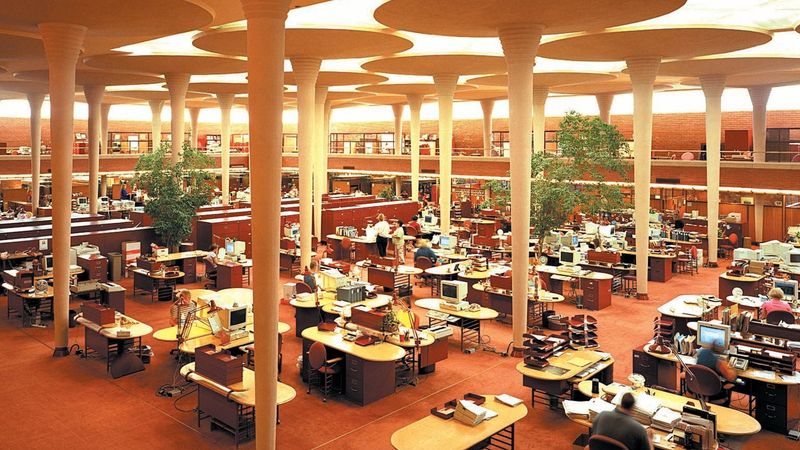
Details mattered in the ‘90s. With no spell-checkers and automated tools, work demanded careful attention. Typing errors on typewriters were corrected manually, teaching diligence and precision. This meticulous approach ensured high-quality outputs. Employees took pride in producing error-free work, a trait that sometimes gets overlooked in today’s fast-paced digital world. Focusing on detail-oriented tasks might improve the quality of deliverables and instill a sense of accomplishment.
8. Less Stressful Work Environment
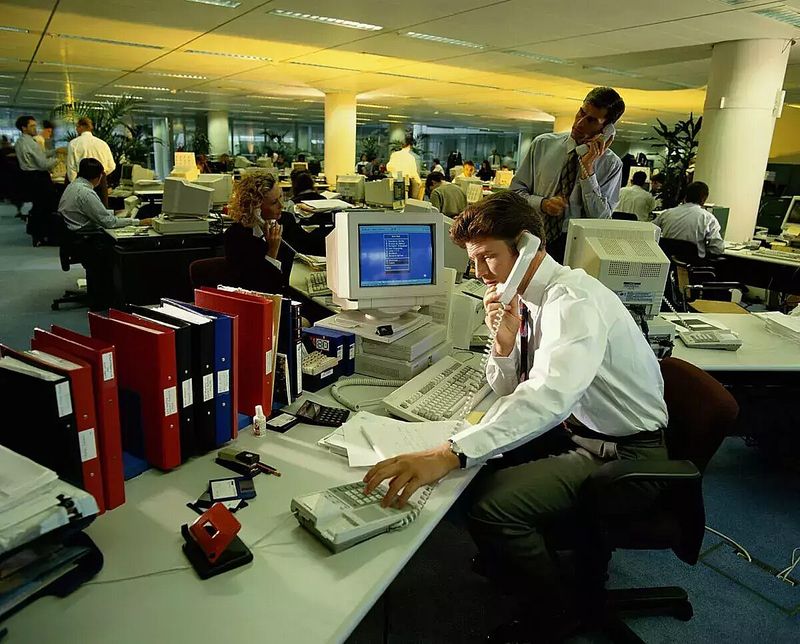
Work in the ‘90s carried a different pace. The absence of constant connectivity meant tasks were handled with care, not rushed urgency. Deadlines existed, but there was room for thoughtful completion. This slower pace reduced stress and allowed creativity to flourish. Employees had the chance to enjoy work without the pressure of instant responses. Reimagining this less stressful environment could alleviate modern workplace pressures and promote mental well-being.
9. Office Culture and Traditions
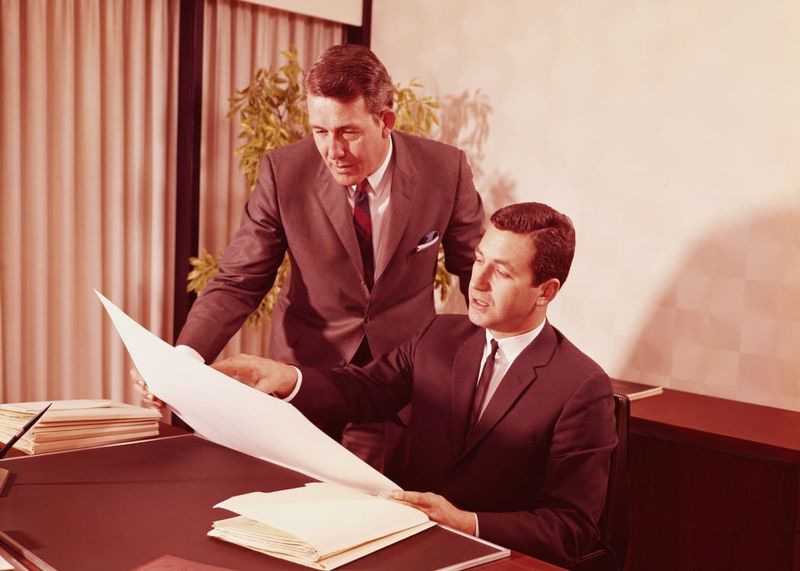
Office culture was rich with traditions in the ‘90s. From casual Fridays to birthday celebrations, these customs brought joy to the workplace. These traditions fostered a sense of belonging and community among employees. Such practices added an element of fun and engagement to work life. While some traditions persist, many have faded in the digital age. Reviving these cultural aspects could enhance team spirit and create a more enjoyable work atmosphere.

Well, hello there!
My name is Jennifer. Besides being an orthodontist, I am a mother to 3 playful boys. In this motherhood journey, I can say I will never know everything. That’s why I always strive to read a lot, and that’s why I started writing about all the smithereens I came across so that you can have everything in one place! Enjoy and stay positive; you’ve got this!

